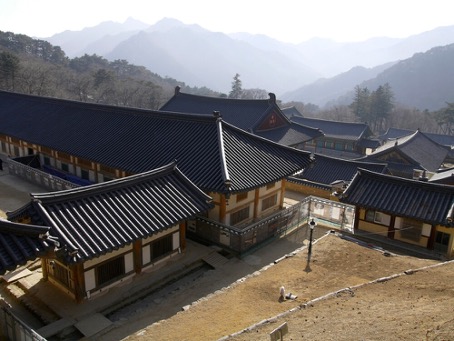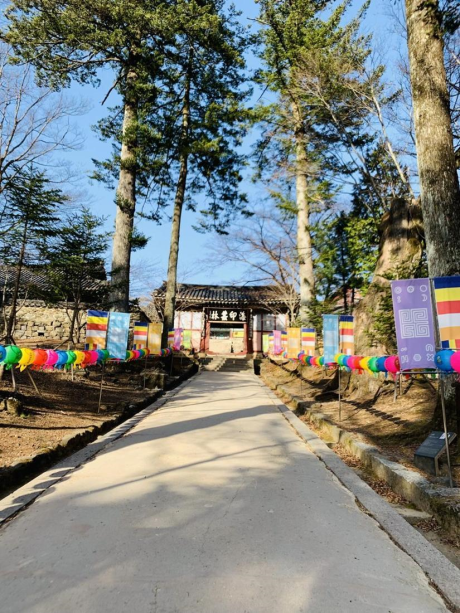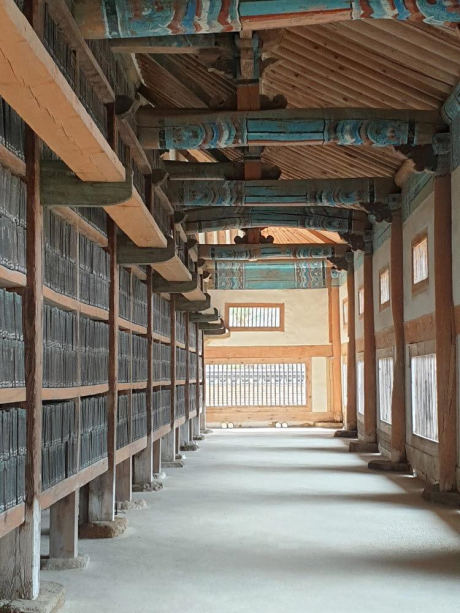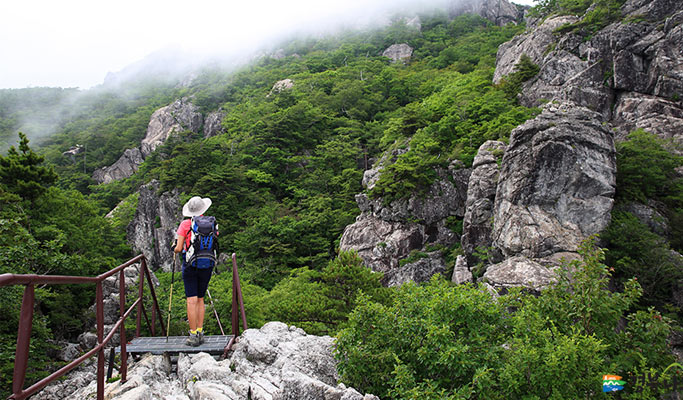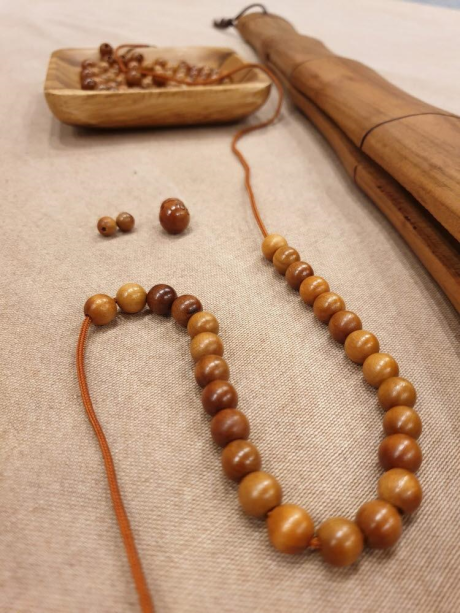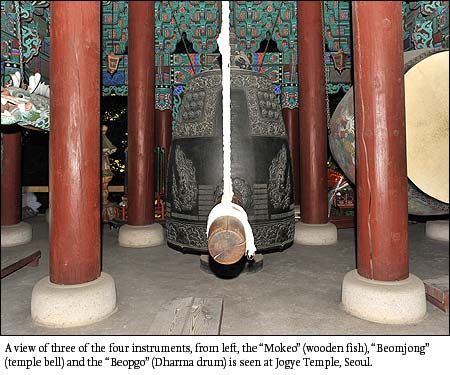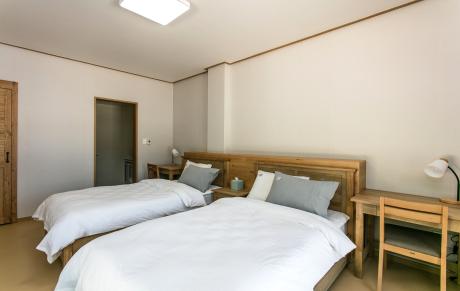Korea counts around 900 buddhist temples. Many of these offer a temple stay program, where you can stay overnight and participate in some of the daily rituals. A lot of them are offered to Koreans, but some of them are also offered to foreigners. After doing some research, I decided to go to Haeinsa Temple, which is located in Gayasan National Park.
Haeinsa Temple
Haeinsa Temple is head temple of the Jogye Order of Korean Seon Buddhism. Korean Seon Buddhism is the most commonly find form of Buddhism in Korea. It is branched from Mahāyāna Buddhsim that is often known as Zen Buddhism. Of the main charcteristics of Seon Buddhism is the practice of meditation and the direct experience of enlightenment. The Jogye Order is one of the two main sects of Korean Seon Buddhism.
One of the temples main features is that it houses the Tripitaka Koreana, which is a collection of Buddhist scriptures carved onto over 80,000 wooden blocks. It has housed these scriptures since 1398. It is the oldest intact version of Buddhist canon in Hanja script, and now considered a National Treasure of South Korea. Furthermore, the Haeinsa Temple is one of the three jewel temples of Korea. These are three temples that each represent a jewel, which refers to the core values of Buddhism: the Buddha, the Dharma, and the Sangha. Haeinsa Temple represents the Dharma, meaning the teachings of the Buddha and the truth those teachings reveal. The temple was originally built in 802 during the Silla Dynasty, and has undergone several renovations and expansions over the centuries.
Taken all this into account, a temple stay at the Haeinsa Temple seemed like a great opportunity to learn more about Korean culture and Buddhism. The temple being located in the mountains certainly adds to the experience.
The view of Haeinsa Temple
Day 10
- Arrive by car at Mount Gayasan from Busan (1.5 hour drive).
- Check-in between 14.00 and 15.00
- Address: Haeinsa Templestay, 132-39 Haeinsa - gil, Gaya-myeon , Hapcheon-gun, Gyeongsang-namdo, Republic of South Korea
Note: the following schedule is based on the information on the temple stay website, but can always change.
Between 14.00 and 15.00 you can check-in at the temple and a uniform will be provided. Afterwards a tour will be given around the temple grounds. It is not clear what will be covered, but a tour by the monks of a temple sounds very interesting to me. Afterwards we will have dinner, which will be a traditional Buddhist meal. This means that the meal will be vegetarian and prepared according to Buddhist principles. It will be a buffet-style meal, allowing us to try a variety of dishes. However, from what I read, wasting food is really frowned upon, so you have to finish all the food on your plate.
After dinner, the evening program containing more Buddhist practices will commence. First we will listen to Four Dharma Instruments. These instruments are traditionally used in Buddhist ceremonies and include are the Dharma drum (Beopgo), temple bell (Beomjong), wooden fish (Mokeo), and cloud-shaped gong (Unpan). They are housed in a bell pavilion and are struck at specific times to signal daily rituals and to spiritually awaken and save all sentient beings in the different realms of existence, including those on land, in water, in the air, and in hell. The temple bell is rang for all living on the earth. The Dharma drum for all residing in heaven and hell. The wooden fish for all beings in the water. And the cloud-shaped gong for all beings in the sky.
After the four dharma, we will continue to make our own 108 Prayer Beads and perform 108 Prostrations. The number 108 represents the 108 defilements in Buddhist teachings, which are obstacles to enlightenment. According to Buddhist belief, humans are hindered by 108 kinds of delusions, desires and attachments. The beads are used to help practitioners focus the mind during chanting or mantra recitation. Every bead corresponds to one repetition. By completing a cycle of 108, you symbolically cut through all 108 defilements. A full-body prostration (touching knees, hands, forehead to the ground) is a gesture of humility, surrender, and respect toward the Buddha, the Dharma (teachings), and the Sangha (monastic community). Doing it 108 times mirrors the 108 beads: it’s a physical practice to purify body, speech, and mind of the 108 defilements. The repetition is physically demanding — but that’s the point: it breaks down ego, cultivates endurance, and brings the practitioner into a meditative rhythm. Symbolically, each bow can represent letting go of one attachment, one delusion, one resentment, until you complete all 108.
Buddhist prayer beads
This will conclude the end of our day. We will then sleep in one of the temple’s rooms. Other temple stays had sex segregated dormitories, but I partially chose this temple stay, because you could choose your own room. Since my parents are joining me, I decided to be relatively luxurious and booked two VIP twin bedrooms.
The VIP twin bedroom
Day 11
Before the sun rises, we will have to wake up early (like really early). We will then perform an early Buddhist Ceremony. I have no idea what this entails, so I am curious to find out. Afterwards we will have breakfast and we will walk around the temple. As a last activity, we will take a look at Tripitaka Koreana Wood Printing. Then at the end of the morning we will check-out and leave the temple with some lunch provided. We will then drive to Naejangsan National Park to continue our day.
